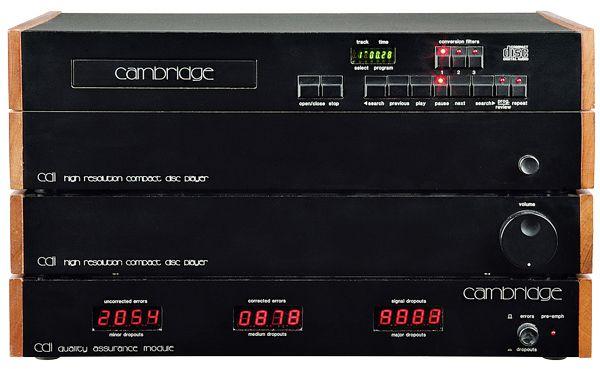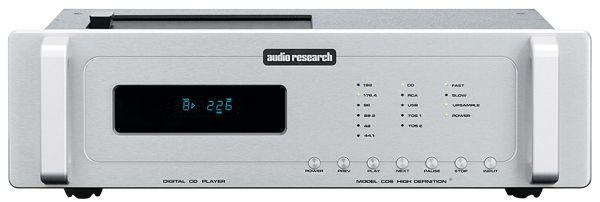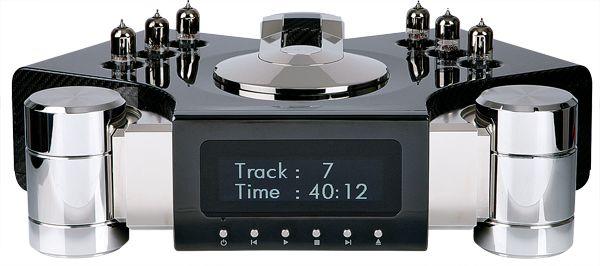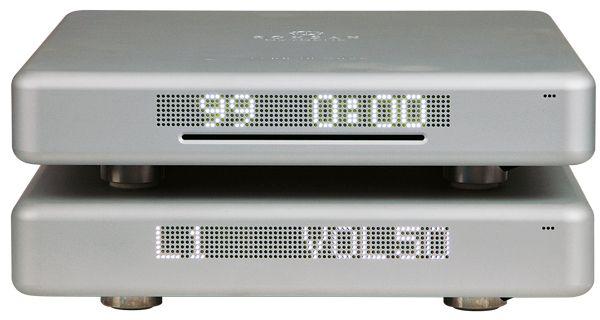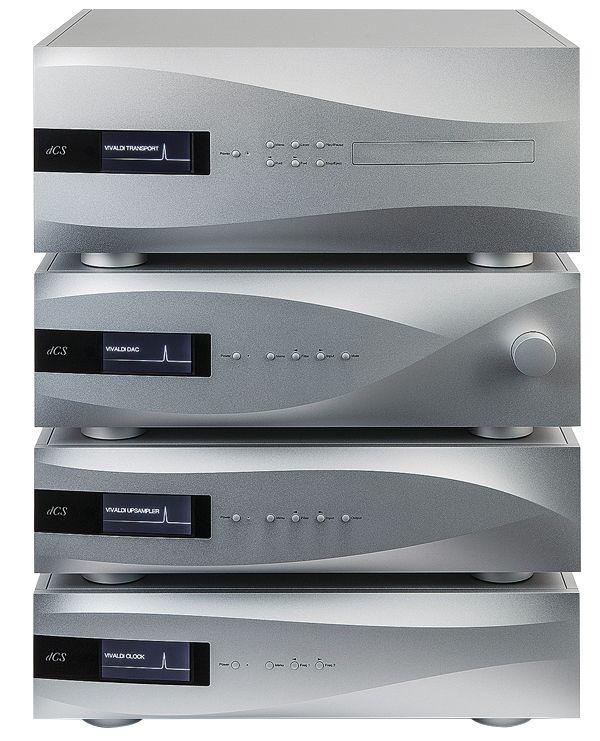|
Apr 01, 2018
|
Feb 01, 2018
|
Nov 11, 2014
|
Nov 11, 2014

 With an upgraded specification including an asynchronous USB input with DSD capability, ATC’s CD player/DAC/preamp aims to be a complete system front-end
With an upgraded specification including an asynchronous USB input with DSD capability, ATC’s CD player/DAC/preamp aims to be a complete system front-end
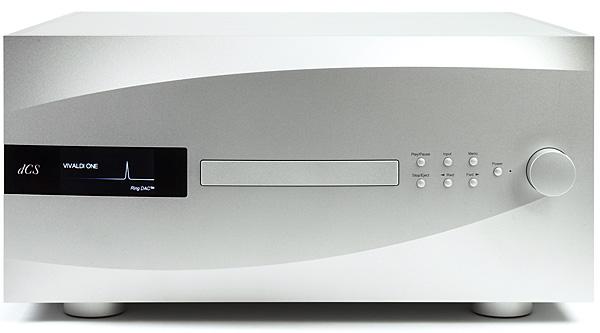
 Hugely flexible, hugely capable and, well, just plain ‘huge’, dCS’s flagship Vivaldi four-box digital stack has been condensed into a one-box solution. So why a limited edition?
Hugely flexible, hugely capable and, well, just plain ‘huge’, dCS’s flagship Vivaldi four-box digital stack has been condensed into a one-box solution. So why a limited edition?
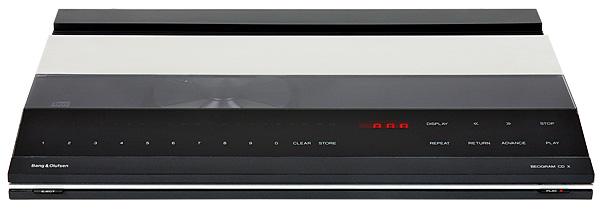
 With components sourced from Dutch giant Philips, does this slick-looking CD player from 1986 still represent the 'last word' in 14-bit sound? We take it to the test bench
With components sourced from Dutch giant Philips, does this slick-looking CD player from 1986 still represent the 'last word' in 14-bit sound? We take it to the test bench
